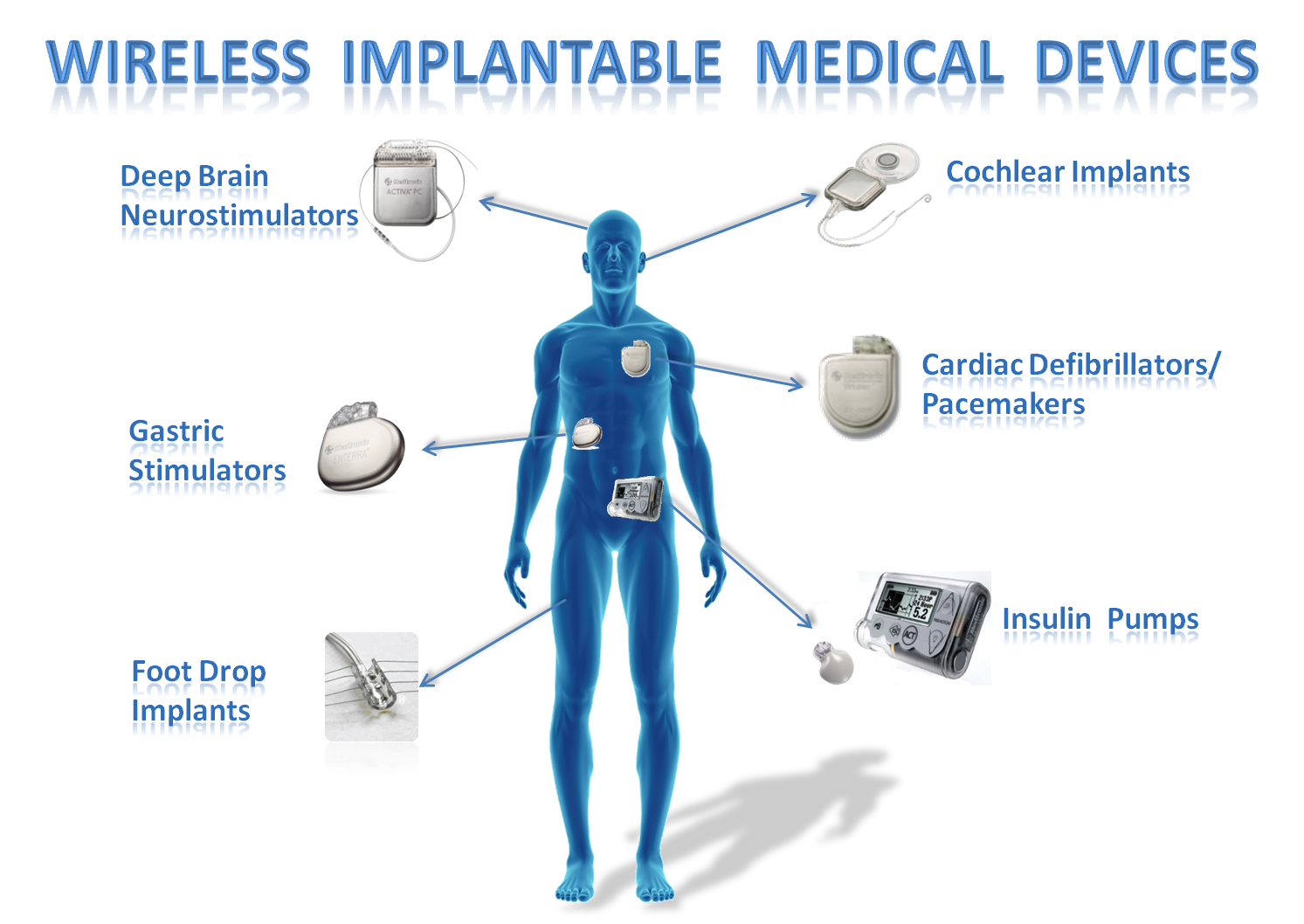Front end of innovation teams have the
critical role of defining opportunities to populate the innovation pipeline
with winning concepts that drives strategic growth. However, front end teams have needs that must
be addressed. Innovare describes their
needs and provides solutions for optimum front end of innovation performance.
Welcome
Welcome to the Innovation Front End. I'm Don Ross and this is my blog that focuses on how companies can do a better job during the early phases of the innovation process. Companies that are the best at driving organic growth through innovation in products, services or technologies have a dedicated front end process in place. The following entries capture some of the best ideas, theory, and practice of the Innovation Front End. "
Thursday, October 6, 2016
Front End of Innovation Team Needs Video
Here is our second best practice in the front-end of innovation.
Friday, September 23, 2016
Exciting new wireless power source may drive brain implants to treat Parkinson's disease!
We have been working with clients for a number of years helping them innovate considering the new environment driven by the internet of things (IOT). Following the evolution of core technologies that enable the IOT is a key part of our front-end process.
One of the core technologies enabling the IOT is sensors technology, particularly sensors based on MEMS (micro-electronic mechanical systems) devices. MEMS are tiny devices some no thicker than a human hair and are resonators, antennas, accelerometer, gyroscope, proximity sensors and other devices. These devices are becoming ubiquitous. They are in automobiles, iPhones, Nintendo Wii and many other products that touch our lives daily. They all rely on wired power until now.
Now a team of researchers, led by Boston University College of Engineering (ENG) PhD candidate Farrukh Mateen (ENG'18) and Raj Mohanty, a professor of physics at BU's College of Arts & Sciences (CAS) may transform tiny wirelessly low powered MEMS devices that are efficient and generate low-radiation so they can be used inside the body.
This team is developing breakthrough technology to wirelessly power MEMS devices with one nanowatt of power—that's a billionth of a watt—from three feet away. This technology may enable brain implants to treat neurological disorders like Parkinson's disease.
for more information check out the article in PHYS.ORG.http://phys.org/news/2016-09-wireless-micromachine.htmls
Off course the BU team is not the only group working is this space. Do a google search on "wireless implantable medical devices" and you can start surveying what's going on. This graphic from MIT illustrates a range of applications are envisioned. Go to MIT's IMD Shield page for some of the latest developments http://groups.csail.mit.edu/netmit/IMDShield/
For an overview of wireless communications with implanted medical devices go to:
http://www.ncbi.nlm.nih.gov/pmc/articles/PMC4156009/
Tuesday, April 26, 2016
Introducing Innovare's front-end best practice videos
Innovare is developing a number of videos outlining best practices in the front-end of innovation to help increase innovation success.
Here is the first of the series. It describes how a systematic Discovery is key to developing the strongest concepts to populate the innovation pipeline.
Before brainstorming ideas for new products or technology concepts the most successful front-end teams do their homework! They conduct research and explore customer needs, what's driving their market, and the technology environment so their concepts are focused on solving the right problems. And that increases innovation success.
Before brainstorming ideas for new products or technology concepts the most successful front-end teams do their homework! They conduct research and explore customer needs, what's driving their market, and the technology environment so their concepts are focused on solving the right problems. And that increases innovation success.
Subscribe to:
Posts (Atom)


